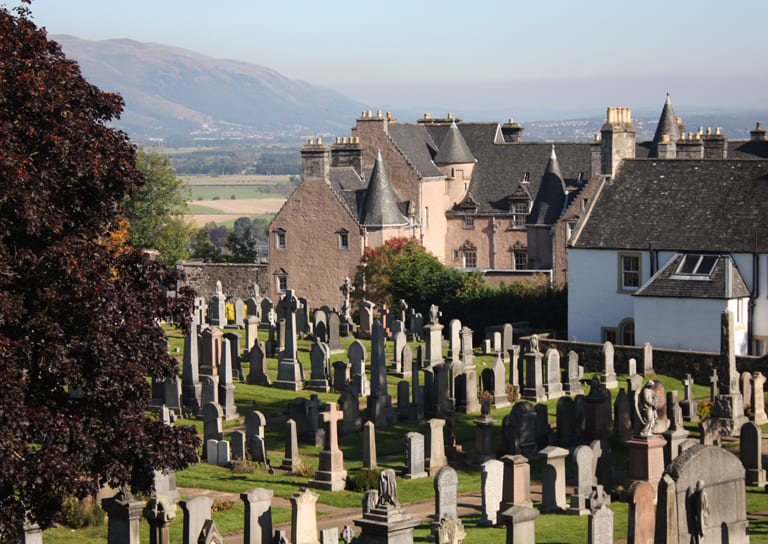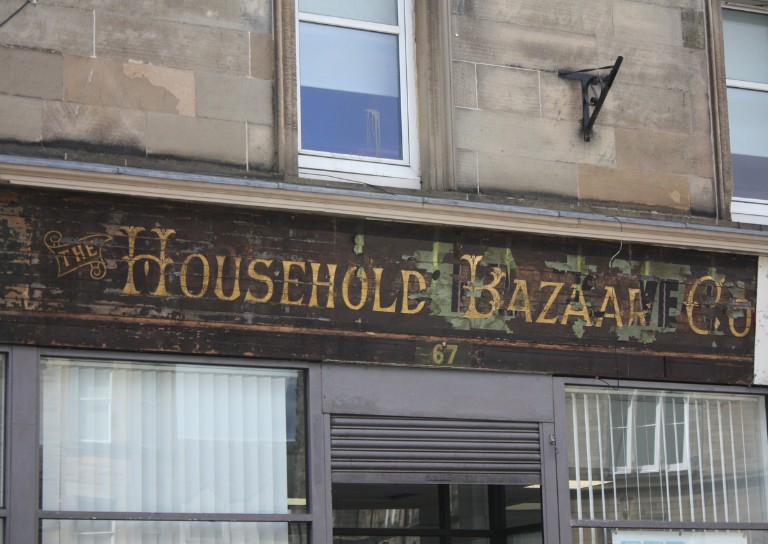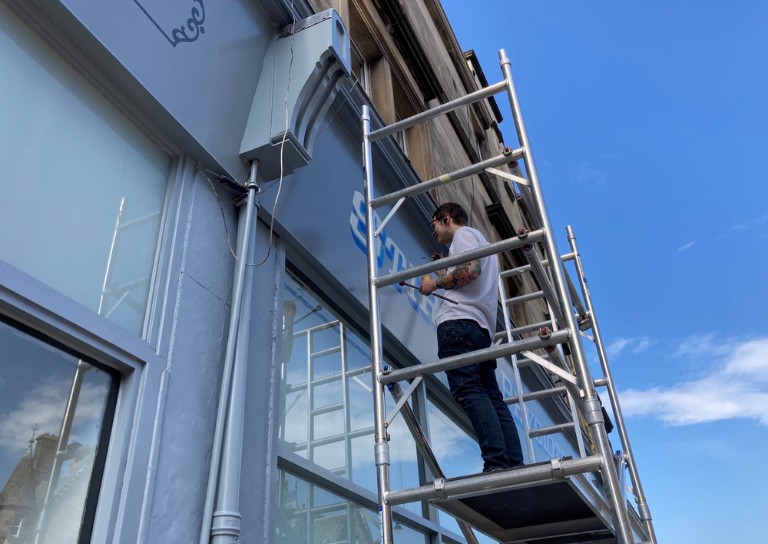- Home
- Our Work

- Stirling's Story

- Blog
- Beechwood House and the Transatlantic Slave Trade

- New Retrofit Service now available for Traditional Buildings Health Check Members

- Retrofitting Traditional Buildings: Chimneys

- SCHT 20: Championing Women in Construction
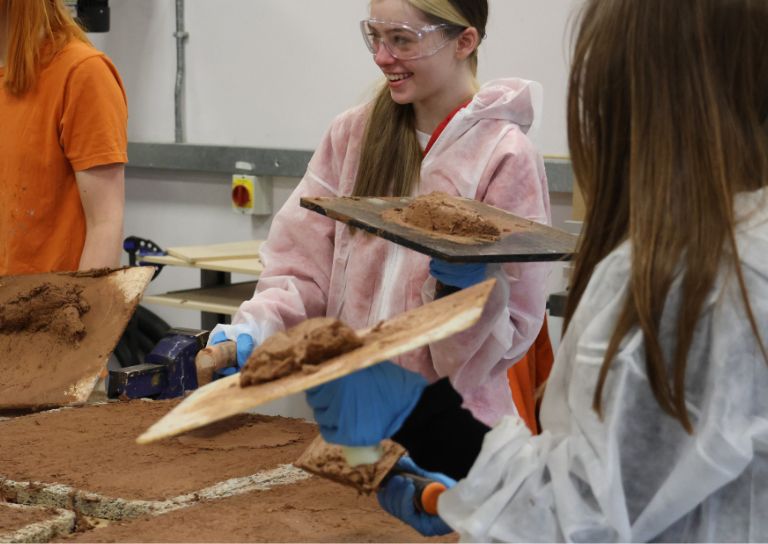
- Stirling's Lost Swimming Pools
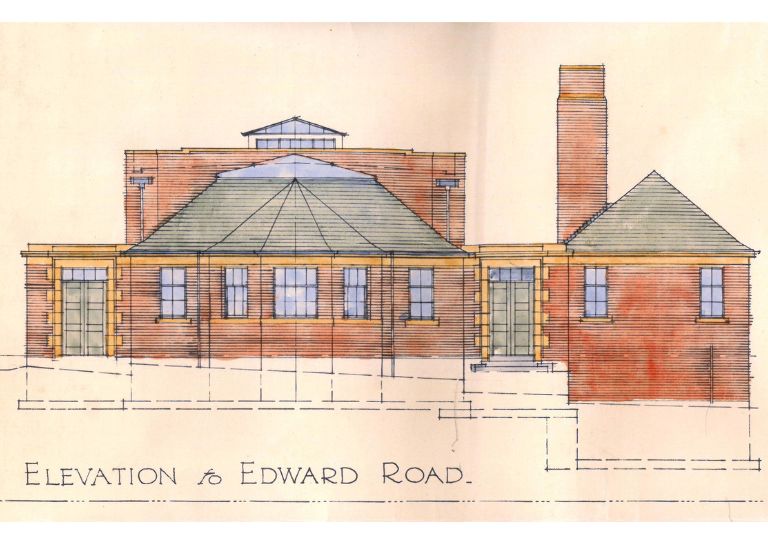
- Women in Construction at Bannockburn House
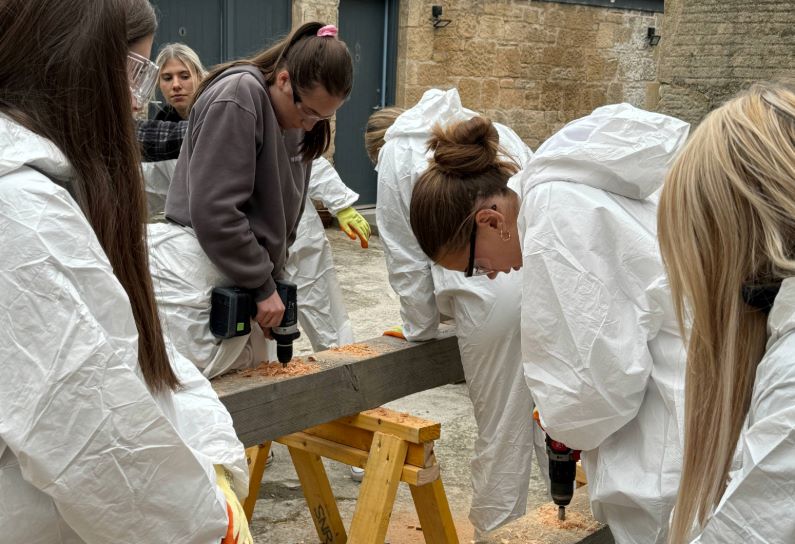
- Avenues to the Past: Stirling’s Historic Streets Exhibition

- Retrofitting Traditional Buildings

- Retrofitting Traditional Buildings: Windows

- Statement on Langgarth House

- Guest Blog: Dementia Friendly Heritage Interpretation

- SCHT Grant Conditions: Owners Associations

- Stirling Business Awards 2025

- What is a Conservation Area
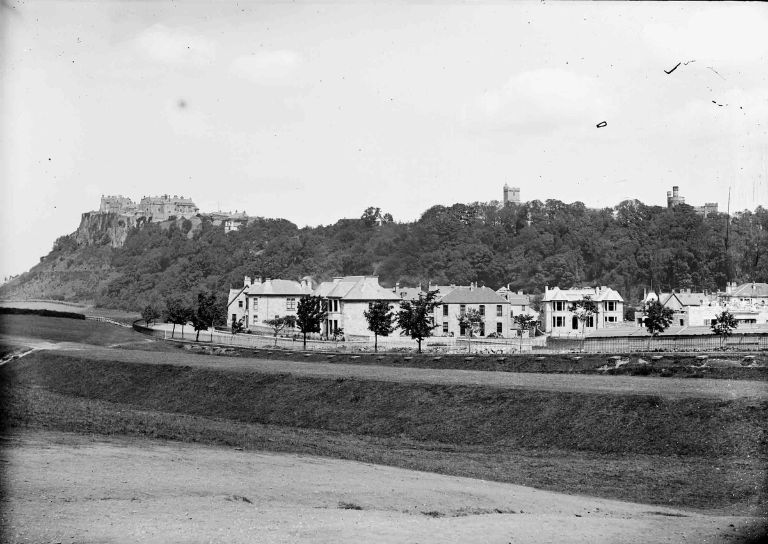
- 20 Great Buildings of Stirling

- Building Resilience: Maintaining Traditional Buildings

- Architects and The Thistle Property Trust

- World Heritage Day: Exploring Hayford Mill

- Community Consultation launched for Stirling’s Heritage Strategy

- SVE Inspire Awards September 2024

- Reminiscence Art Project

- On the European Stage: Preserving by Maintaining conference, Bratislava

- The Abolition Movement in Stirling

- Shopping Arcades

- Retrofitting Traditional Buildings: Insulation

- Retrofitting Traditional Buildings: Climatic Adaptation

- Kings, Wolves and Drones: 20 years of care and repair at Stirling City Heritage Trust

- Practical Workshop on Retrofitting Insulation with A. Proctor Group

- Marking the 80th anniversary of VE Day
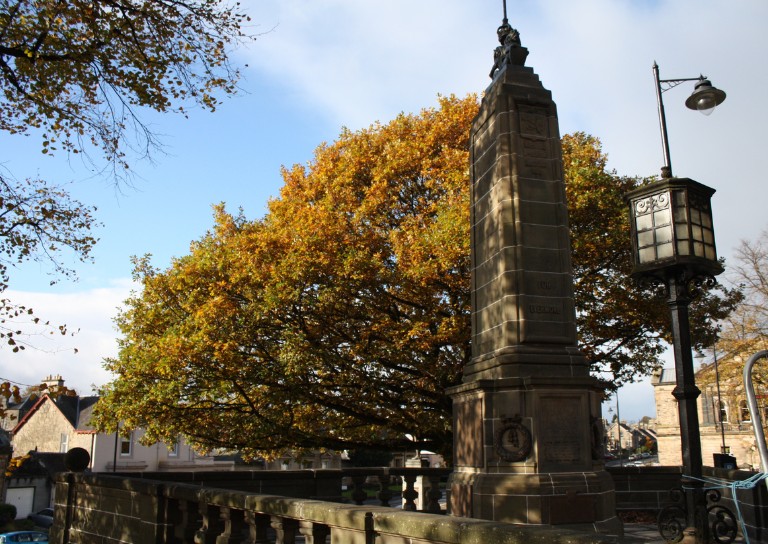
- Walker Family Visit

- Retrofitting Traditional Buildings: Fabric First

- Supporting traditional building repair in Stirling

- Stirling's Historic Jails

- Ghost Tales from Stirling

- Stirling Reminiscence Box

- Stirling City Heritage Trust at 20

- Retrofit Event: Meet the Suppliers

- Snowdon House and The West Indies

- Miss Curror and the Thistle Property Trust

- Dr Lindsay Lennie retires from Stirling City Heritage Trust
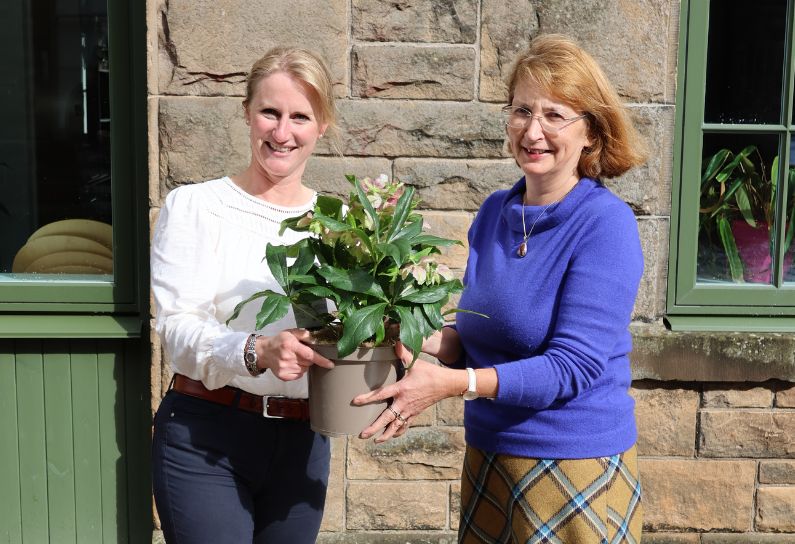
- Stirling’s Streetscape Stories: Photography Workshop

- Level 3 Award in Energy Efficiency for Older and Traditional Buildings Retrofit Course (2 Day)

- Stirlingshire’s Highland Games

- Creative careers in the heritage sector

- Postcards From Stirling

- Stirling’s Gala Days

- Building Surveying Student Intern at Stirling City Heritage Trust

- Heritage Trail: Stirling Walks

- Local History Resources

- Stirling Through the Decades

- Stirling’s STEM Pioneers

- Traditional Skills: Signwriting

- Christian MacLagan, a pioneering lady, but born too soon?

- Traditional Shopfronts in Stirling

- Stirling History Books for World Book Day

- My Favourite John Allan Building by Joe Hall

- My Favourite John Allan Building by Lindsay Lennie

- My Favourite John Allan Building by Andy McEwan

- My Favourite John Allan Building by Pam McNicol

- Celebrating John Allan: A Man of Original Ideas

- The Tale of the Stirling Wolf

- Stirling: city of culture

- Christmases Past in Stirling

- Stirling’s Historic Graveyards

- Top 10 Tips for Architectural Photography

- An Interview with David Galletly

- Springtime in Stirling

- The Kings Knot – a history

- A Future in Traditional Skills

- Robert Burns’ First Trip to Stirling

- Stirling’s Witches

- Stirling’s Ancient Wells

- An architecture student’s take on the City Of Stirling

- Ronald Walker: Stirling’s Architect

- Stirling’s Statues

- Stirling’s Wee Bungalow Shops

- Stirling’s Historic Hospitals

- Women in Digital Innovation and Construction

- Heritage at home: 8 of the best online heritage resources

- Stirling featured at virtual heritage conference

- Five of Stirling’s greatest John Allan buildings

- Women in Construction – Stirling event report

- Scotland’s trailblazing women architects

- Stirling’s Heritage: Spotlight on The Granary

- TBHC Scheme now open to properties in Dunblane and Blairlogie

- How drones help us inspect traditional buildings

- Hazardous Masonry & Masonry Falls

- Mason Bees: What’s the Buzz?

- Stirling Traditional Skills Demonstration Day Success!

- Floating Head Sculpture at Garden Glasgow Festival 1988

- The story behind Paisley Abbey’s Alien gargoyle

- Cambuskenneth Abbey

- Stirling City Heritage Trust Publications

- Sharing Memories: Taking '20 Great Buildings of Stirling' into the community

- William Wallace Statues In Stirling

- Coronations and Royal Christenings in Stirling

- The development of King's Park

- Energy efficiency project awarded grant from Shared Prosperity Fund

- Inspiring the Future: Stirling City Heritage Trust's Women in Construction Event at Wallace High

- Doors Open Days Talk: Who Built Stirling?

- 10 Years of the Traditional Buildings Health Check

- Growing up in Stirling: A Night of Reminiscence at The Smith

- SCHT visit to Brucefield Estate, Forestmill, Clackmannanshire

- Statement on Christie Clock

- Stirling’s Lost Skating Heritage

- Laurelhill House and the West Indies

- Beechwood House and the Transatlantic Slave Trade
- About Us

- Support Us

- Contact

Traditional Skills: Signwriting

Apprenticeship Week 2022
There are many opportunities for young people to enter the world of work. Gaining an apprenticeship will be a chance for some to learn skills that will last a lifetime. For those who take up an apprenticeship in a traditional skill such as stonemasonry, joinery, leadworking and slating, the techniques they learn may well be very similar to apprentices from 100 years ago or more. Tried and tested materials and techniques which are still used to repair our older buildings today. Learning a traditional skill offers a fascinating career which can provide the opportunity to work on some incredible buildings such as castles, Royal Palaces and historic monuments as well as houses and tenements. In this blog we're exploring on of these traditional skills, shop sign signwriting.
Shops Signs and Signwriting
Traditional shop signs were originally large, like those you might see today for a public house. However, these huge signs began to clutter the streets and became dangerous through lack of maintenance. As a result, many cities banned their use including London in 1762 and Glasgow in 1772.
From the later 1700’s, signwriters used the narrow fascia above the shop for lettering instead. During the 19th century, these became deeper with room for more elaborate lettering. Styles included shadow lettering to create a three-dimensional effect, or very decorative letters which we might associate with fairgrounds. Gilding was also used to create a high class and stylish finish. By the Edwardian period we see the influence in fonts of the Art Nouveau period with flowing styles but his became more simplified in the 1920s and 1930s as Art Deco influences emerged.
In the past, every town would have had their own signwriter and, like an artist, they would have developed their own distinctive style. The skills of earlier signwriters are sometimes uncovered with ‘ghost signs’, those from a previous occupier which are hidden but emerge during works to a building or as finishes such as paint start to fade and reveal earlier forms below.
At a project in Barnton Street which Stirling City Heritage Trust funded in 2020, original signs dating to the run of the twentieth century were uncovered during repair works. The gilded letters demonstrated the skill of the signwriter and it is remarkable to think that these are around 120 years old.
These signs were carefully recorded and then covered back up. New signs were then hand-painted by local young signwriter, Ross Hastie. Ross has learned a skill which has been around for hundreds of years but has developed his own unique style and now has a successful business. Signwriting is a traditional skill which is seeing something of a revival as shop owners seek a distinctive style and authentic brand for their premises.
While there is not currently a specific apprenticeship for signwriting, there are many other traditional skills for those interested in learning a craft. Historic Environment Scotland has information about learning and training. Developing Young Workforce (DYW) also provides resources www.dyw.scot for young people to help them make career choices.
Are you interested in a Modern Apprenticeship? You can find our more here









